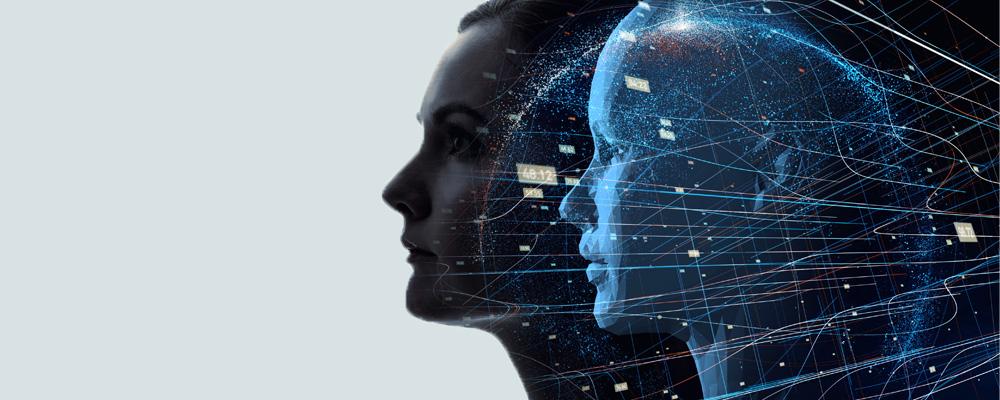
Creating Digital Twin Training Solutions in VR for Medical Devices
With all the focus on the Metaverse these days – especially for using it to make shopping more engaging and interactive – it's easy to forget that there are many applications of virtual reality (VR) that go well beyond the retail space. One significant application is creating a purely digital version of a device or system and interacting with it in a VR space. Industries such as healthcare, automotive and defense rely on virtual versions of complex systems and applications for simulation and training.
Welcome to the world of digital twins.
What is a Digital Twin?
A digital twin is a virtual representation of a real-world physical system or process that serves as the indistinguishable digital counterpart to the physical system. These twins are used for simulation, testing, data analysis and training. The concept of digital twins has been around for decades – NASA has been working with them since the 1960s. During the near-disaster Apollo 13 moon mission, Mission Control successfully used a digital twin of the spacecraft to adjust plans and get the astronauts safely back to earth.
Why is VR Good for Training?
There have been many studies done in recent years showing the effectiveness of VR in training scenarios. Boeing has published numbers stating that using VR for training has cut as much as 75% off the time to learn aircraft assembly tasks. The Navy has looked at VR as a way to mitigate training costs, comparing the costs of an eight-hour training session on actual equipment compared to virtual versions, and found that going virtual saved them as much as $4.2 million just for that one piece of equipment.
Various studies have shown that the knowledge retention rate from training in VR is significantly higher than with book learning, with retention rates of 75% or higher in VR, compared to between 5% and 20% for traditional training and learning methods.
Why are Digital Twins Used for Medical Device Training Specifically?
While it is hard to beat the efficacy of learning to use a new device by using the actual device, sometimes that simply isn’t possible. Hospitals typically purchase devices necessary to diagnose or treat patients and rarely have a “spare” lying around for training new users. That’s when a digital twin can be invaluable. Here’s just one example of how they help.
The nurses and medical technicians of the 6th Medical Group at MacDill Air Force Base in Tampa, Florida are required to have 12 hours of simulation training per year to maintain their skills. (Source: noted in a recent healthcare-focused session of VRARA, the Virtual Reality/Augmented Reality Association.) As part of the Defense Health Agency (DHA), the team at MacDill provides medical services both at home and in the field, and their clinical staff must be trained on a wide range of devices.
But there’s a roadblock: the base’s simulators are located on the opposite side of the facility as the clinicians, requiring extra time for participants to travel to the training area. This extra travel time, combined with the extended time it took to set up and run the simulator sessions, meant the medical staff was away from their duties for a period deemed much too long.
The solution was to use digital twins of the system to be trained on and make the training virtual. By moving this training to VR, the time the clinicians were away from the job was cut significantly and the learning opportunities were enhanced.
How are Digital Twins Built?
There are many aspects to creating a digital twin. Developers must consider the intended use of the twin and make sure it is built to the right level of fidelity to accommodate the usage. One highly effective way to achieve this is by using the actual source code that went into the original system during the creation of the twin.
When creating digital twins for our own customers, ICS accomplishes this by leveraging our proven layered architecture. This allows us to replace a device’s user interface (UI) with a VR-version while keeping the business logic used in the creation of the original. This ensures that the UI of any device will behave the same in the VR version as it does in the real world. Couple this with backend simulators for hardware and appropriate scaffolding in the 3D space, and we can quickly build a robust training system.
The Takeaway
Effectively training staff on new, complex equipment is essential to ensure positive outcomes, both for the equipment user and (in the case of medical devices) others. By expanding our device creation capabilities into the realm of digital twins, ICS is able to help organizations create high-fidelity training systems built on the same code that’s running in the physical device. In the case of medical devices, this approach facilitates better outcomes for patients, clinicians, and other users of these critical systems.
If you’re interested in learning more about building a digital twin of your next device, contact us.